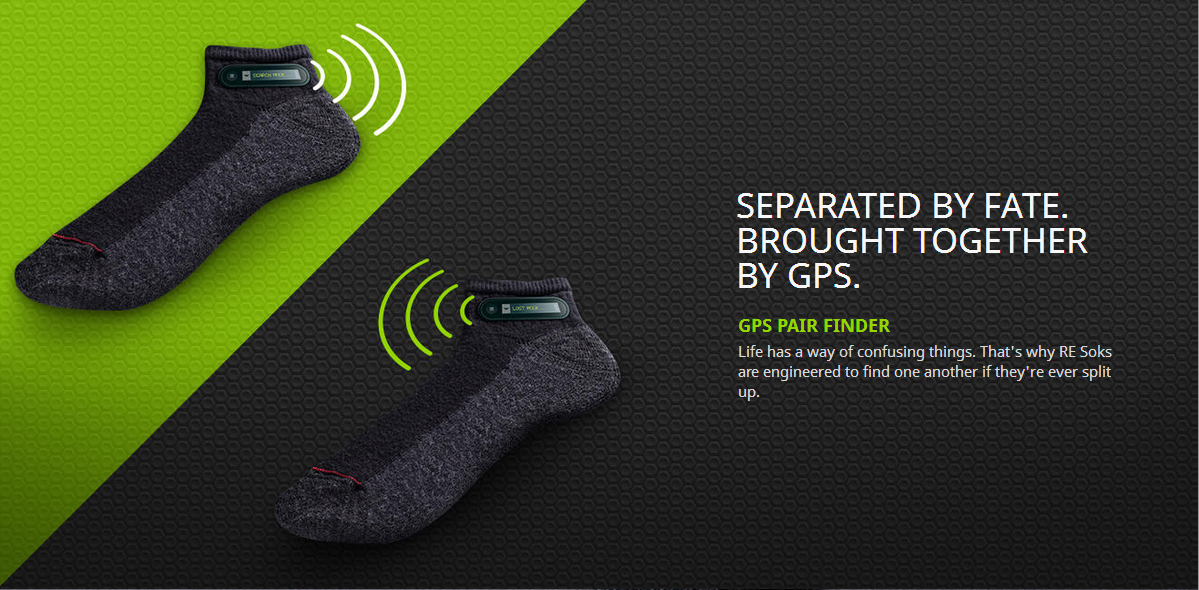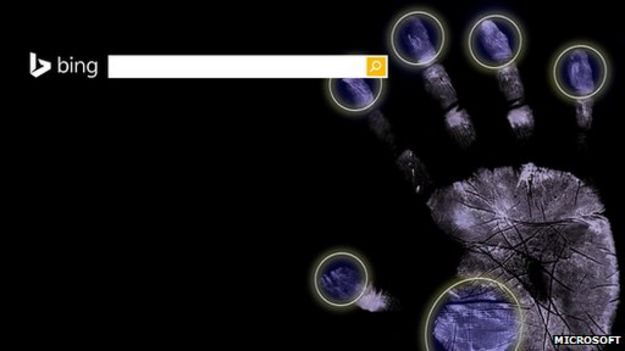One of the common questions that we encounter is why are 5G speeds so low as we were promised 5G downlink speeds of 20 Gbps. Most people do not understand how the 5G speeds are calculated and what do they depend on. In many cases, the network won’t be capable of delivering higher speeds due to some or the other limitation.
In a new presentation, I try to explain the theoretical speeds and compare them with real world 5G data rates and even try to map it to why these speeds are what they are. Hopefully people won't mind me adding some humour as I go along.
Video and Slides embedded below
Embedded below is the Twitter thread on Speedtests 😂
Speed Tests are 5G killer app 😉, @HarriHolma provides details in replies: Elisa 100 MHz 5G (8T8R radio) on 3.5 GHz with LTE dual connectivity (EN-DC). LTE phone gives 200-250 Mbps in the same spot. The configuration uses L800+L1800+L2100 #5GKillerApp https://t.co/5ZnS2UeFkL
— 3G4G (@3g4gUK) November 18, 2019
Related Posts:
- The 3G4G Blog: IMT-2020 (5G) Requirements
- The 3G4G Blog: Would 5G NSA undergo Sunset? When?
- The 3G4G Blog: The Politics of Standalone vs Non-Standalone 5G & 4G Speeds
- The 3G4G Blog: 5G SpeedTests and Theoretical Max Speeds Calculations
- The 3G4G Blog: Theoretical Throughput Calculation of FDD 5G New Radio (NR)
- The 3G4G Blog: The path from 4.5G to 5G
- The 3G4G Blog: Throughput Comparison for different wireless technologies
- Operator Watch Blog: EE Combines More 4G and 5G Spectrum for Even Higher Data Rates
- Operator Watch Blog: USA has an interesting mix of different types of 5G
- Operator Watch Blog: Is Saudi Arabia Winning the 5G Race?
- Operator Watch Blog: LG Uplus Tests 5G in 28GHz band using 800MHz Bandwidth. Sees AR as 5G Killer App











































